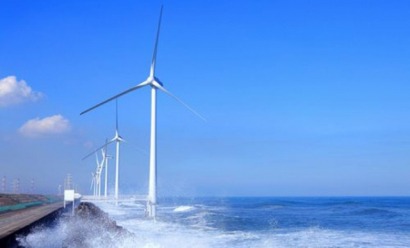
The group reports that none of Japan’s 1,746 wind turbines was damaged by the recent 9.0 magnitude earthquake, and that the nation’s Kamisu offshore wind farm, the first such facility in the world to be directly impacted by a tsunami, continues to operate.
The industry group believes such results suggest that the anti-earthquake construction design of wind farms in Japan is very reliable, and that the country has proven to be a world leader in such so-called "battle proof design".
"Now we have to make strong efforts in Japan to focus much more on renewables, especially wind power, for the next road map of energy and environment,” said Chuichi Arakawa, a Professor at the University of Tokyo and Vice President of the World Wind Energy Association.
“Various studies have shown that Japan is blessed with an abundance of wind and other renewable resources which can be used to rebuild and strengthen our country,” he continued. “We need some time to summarize this situation while taking Japanese mentality into account. However, I am confident that Japan will draw the necessary conclusions from the recent incidents and hopefully start to become a renewable energy nation."
Most of the wind turbines installed in Japan are in operation now. As the electricity is temporarily running short at the Eastern part of Japan, the installed 2304 MW of these turbines are making a significant contribution to the national electricity supply.
"It will be of crucial importance for Japan, like for any other country, to reduce dangerous impacts of hazardous nuclear power on its citizens and to replace nuclear power as soon as possible by renewable energy sources,” said Stefan Gsänger, Secretary General of the World Wind Energy Association.
“The worldwide wind community continues to offer its advice to the Japanese people and government in order to help the country to overcome the terrible disasters and to make the country a global leader in renewable energy technologies," Gsänger said.
For additional information:

